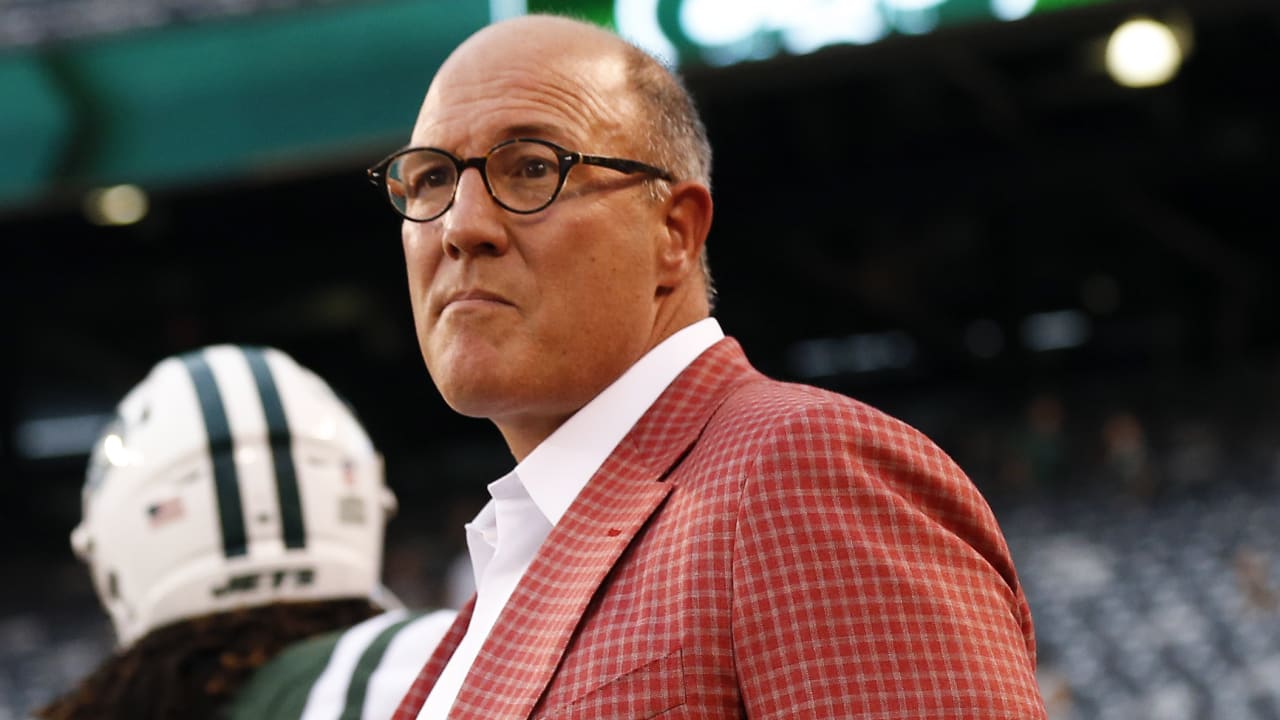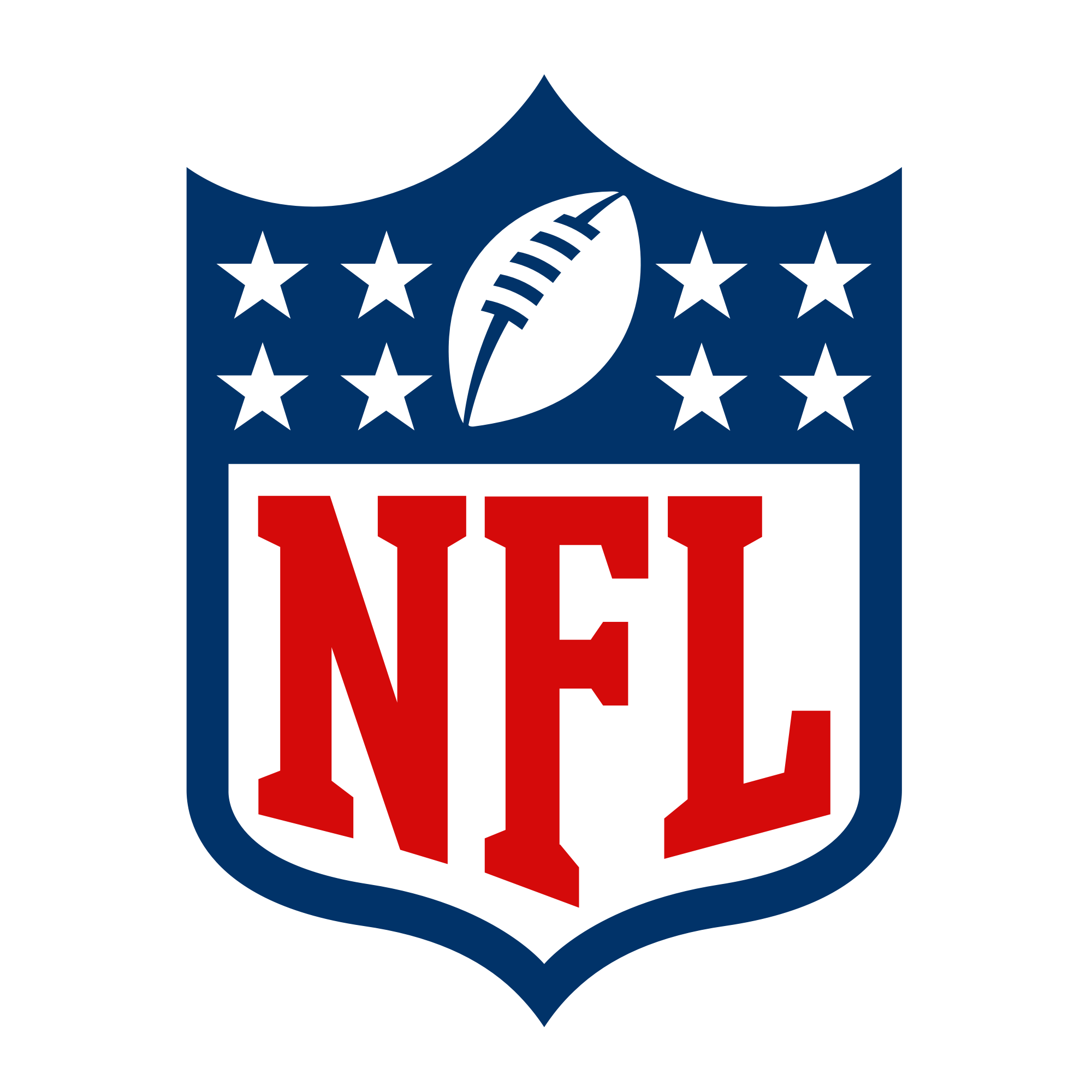- Joined
- Aug 18, 2019
- Messages
- 1,047

2021 NFL salary cap conundrum: Three major consequences of projected decrease
With the NFL salary cap expected to drop in 2021 due to the financial damage of the COVID-19 pandemic, Scott Pioli identifies three major consequences of this unprecedented challenge for front offices across the league.
 www.nfl.com
www.nfl.com
Complying with the NFL's salary cap from year to year is always a balancing act, and it's a job general managers and decision-makers don't take lightly, nor should they.
Right now, along with navigating a pandemic-impacted regular season, all 32 NFL organizations are preparing for perhaps the biggest challenge the salary cap has ever presented. Clubs are aware there will be a decrease in the cap number next year due to COVID-19 repercussions, but to what degree? That's still unknown, as there are estimates out there, but no official number from the league. All 32 teams must be below the cap number at the start of the new league year.
Introduced for the 1994 NFL season, the salary cap traditionally increases on a year-to-year basis and has only decreased one time: 2011, the year of the NFL lockout. In fact, over the past seven seasons, the league has seen its salary cap per club increase by no less than $10 million per year; since 2012, the cap for each club has risen from $120.6 million to $198.2 million in 2020. Over the Cap estimates the 2021 salary cap will be $176 million, a decrease of $22.2 million or 11.2 percent from 2020.
In past seasons, complying with the cap has been relatively manageable -- and somewhat easy for fiscally thoughtful clubs -- because of the percentage increase year over year. With the margin between the cap number and player commitments about to get squeezed exponentially, though, cap management will be a much greater challenge for all teams -- but especially those that are already short on cap space. When looking at Over the Cap's 2021 projections, 10 teams are already in precarious positions, with expected player payrolls in the red. The New Orleans Saints have one of the most challenging cap situations heading into offseason, as they are $93.7 million over the cap before making any contract adjustments, new signings, etc.
Before diving into the potential ripple effects of a decreased cap, I want to state that I believe the need for cash spending by clubs will increase in 2021. Generally speaking, the way most club's lower cap numbers is by spending more cash in the present to spread the cap hit out over future years. However, as we all know, it has been a very difficult year for teams and owners to generate revenue, so the availability of cash might be a real issue for some organizations. In addition, this type of cash now/credit card borrowing will likely increase to push spending forward, but past credit card borrowing may exacerbate problems for teams this year because the bill might come due.
With all that in mind, here are three prominent challenges that could arise from a salary cap decrease in 2021.
1) Using the franchise tag will become more difficult. Each team can only use one franchise tag per season. Over the past 10 years, there have been three instances where at least 10 players received the tag (14 in 2020; 21 in 2012; 14 in 2011), while the lowest number of tags was four in 2014. Each year, franchise tag figures are based upon the top five salaries at each respective position, while transition tag figures are based on the top 10. Simple math tells us that an increased cost of franchise tags for each position will have a more egregious net impact on an overall cap number that is going to be reduced. Therefore, franchise tags will account for a larger percentage of cap space than in previous years.
For instance, quarterbacks playing under the franchise tag this season (see: Dak Prescott) accounted for 13.5 percent of the team's salary cap. Looking ahead to next year, even if the franchise tag number remains the same (which it won't), it will take up a larger percent of the cap due to the decreased cap number, making it more difficult for teams to justify tagging players. One of the possible outcomes of this could be that several top NFL players hit the open free agent market because teams don't have the cap space to tag them or offer a long-term deal.
2) Teams with less draft capital may be in for longer periods of hardship. One way teams can control spending is by having strong drafts with good, young players under their very manageable, four-year draft contracts. Consider the Seattle Seahawks, who struck gold in the 2012 NFL Draft with a haul that included DE Bruce Irvin, LB Bobby Wagner, QB Russell Wilson, RB Robert Turbin, CB Jeremy Lane and OG J.R. Sweezy. This ultimately helped the 'Hawks win a bunch of playoff games in the ensuing three seasons (lost in the Divisional Round in 2012, won the Super Bowl in 2013, lost the Super Bowl in 2014).
On the contrary, some teams have given away a lot of draft capital of late in exchange for veteran talents who are often given top-of-the-market contracts. An example of this is the Laremy Tunsil trade between the Houston Texans and Miami Dolphins in August of 2019: Houston traded two first-round picks, a second-rounder, CB Johnson Bademosi and OT Julie'n Davenport in exchange for the left tackle, wide receiver Kenny Stills, a fourth-round pick and a sixth-rounder. The Texans then gave Tunsil a three-year, $66 million extension last offseason. The trade left Houston without a 2020 first-round pick and a first- and second-rounder in 2021, all slots where they could've landed talented players for relatively cheap. Meanwhile, Tunsil's massive contract will end up accounting for 10.8 percent of Houston's cap next year, per Over The Cap.
It's a risk to invest in veteran talent because the player may not fit well into your scheme or could get injured, among other things. That's not to say decisions like this don't pay off, but it's certainly worth weighing the options before pulling the trigger on such moves, especially in this cap climate.
3) A major threat to veteran roster spots. Veteran contracts could be the biggest challenge for decision-makers. Although the new collective bargaining agreement (CBA) between the NFL and NFLPA agreed upon veteran salary benefit (VSB) contracts, which provide some cap relief for veteran players, it is still somewhat restrictive. The VSB in 2021 will count as $750,000 (amount of a two-year minimum salary credit), plus any additional compensation up to a max of $137,500. Though it may not seem like much, VSB contracts have saved jobs for veteran players by allowing teams to keep them for cheaper base salaries on one-year deals.
All other minimum salaries agreed to in the new CBA, including tenders for exclusive rights and restricted free agents, are going to increase and will eat up a larger percentage of cap space. Almost every player under contract in the NFL has a base salary that is scheduled to increase in 2021 from his 2020 salary, which will be reflected in each player's ratio of salary cap hit for his team. If the cap number is lower, it will only exacerbate the problem and reduce the margin. As a result, a larger number of veteran players could be forced to take minimum contracts.

